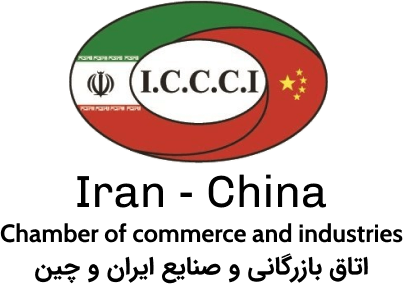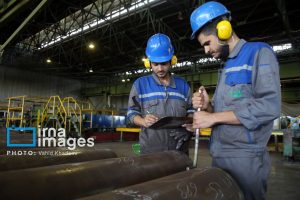Pistachio topped the list of Iran’s exports of agricultural and food products in the first 11 months of last Iranian year (March 21, 2022-Feb. 19) in terms of value with $367.35 million.
Following pistachio was tomato worth $283.64 million, dates worth $261.78 million and watermelon worth $183.65 million, data released by the Agriculture Ministry show.
In terms of tonnage, watermelon topped the list with 840,350 tons, tomato with 610,170 tons, followed by apple with 549,220 tons, onion, shallot and garlic with 393,650 tons and dates with 309,260 tons.
Iran’s overall pistachio exports have been on a decline since fiscal 2007-08 when exports of the products reached 265,000 tons, Finacial Tribune reported.
According to an Agriculture Ministry official, Daryoush Salempour, the exports stood at $915 million in fiscal 2021-22.
The tonnage of exports reportedly stood at 135,000 tons that year.
“Pistachio orchards account for 20% of all of Iran’s orchards and are mainly located in the provinces of Kerman, Khorasan Razavi, South Khorasan, Yazd, Fars, Semnan, Maekazi, Qom, Qazvin, Sistan-Baluchestan, Tehran and Isfahan,” he said.
He noted that drought, frost, depletion of groundwater and water salinity are posing serious threats to Iran’s pistachio orchards.
In Kerman, the main pistachio-producing province of Iran, many local farmers say their orchards have dried up due to the acute water crisis and many others have left the province to rebuild orchards in other places across the country like Saveh and Qazvin.
Orchard owners in Kerman say they have dug wells as deep as 150 meters in search of water, only to find out underground resources have dried up.
Kerman accounts for the lion’s share of Iran’s pistachio output.
According to Farhad Agah, a member of the board at Iran Pistachio Association, apart from drought, high temperatures and early frost in the spring have damaged pistachio orchards and harvest in Kerman.
“Drought is causing damage to local pistachio orchards. Once best pistachio in the world was known to come from Iran and our exports brought in revenues as big as $1.5 billion. But now, all of this is at stake.”
Pistachio was once touted as Iran’s most important non-oil exported commodity.
On average, Iran exports 80% of its total pistachio yields to dozens of countries. Vietnam, Hong Kong, Germany, the UAE, India, Iraq, Russia and Turkey are Iran’s traditional pistachio export markets.
Mohammad Reza Bakhtiari, the former head of Kerman Regional Water Authority, affiliated with the Ministry of Energy, has noted that groundwater withdrawal in Kerman is almost three times as much as the global redline, and nearly six times as much as the ideal average.
“At present, even providing the residents of Kerman with potable water is a challenge,” he said.
Bakhtiari added that illegal and unrestrained digging and withdrawals from wells in the province have increased over the past few decades.
These have led to the depletion of groundwater resources, degradation of water quality and an increase in water salinity.
According to the official, every year, pistachio trees in 12,000 to 15,000 hectares of orchards die in Kerman due to water shortage.





